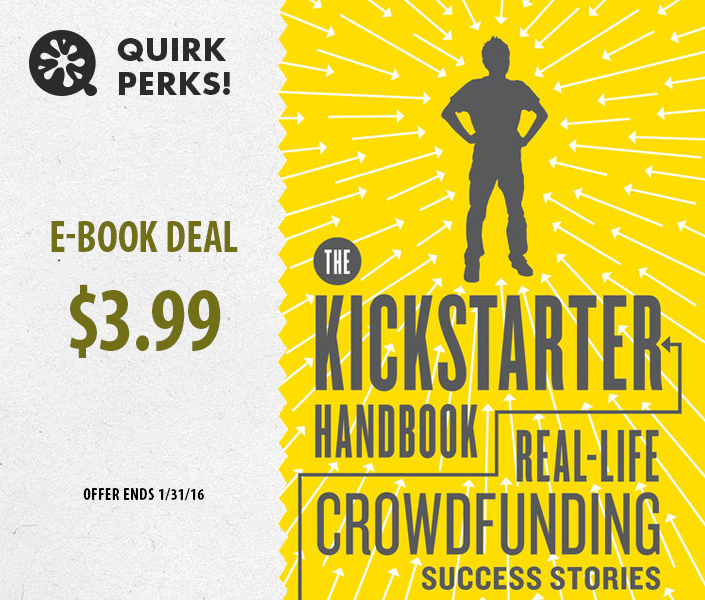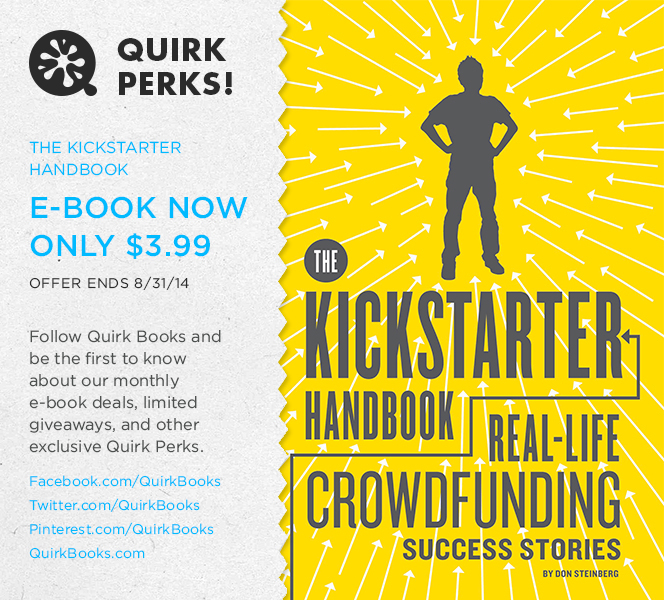Kickstarter: A Laboratory of What People Want
Here’s something cool I realized as I did my research for The Kickstarter Handbook. More than almost anything out there, Kickstarter is a laboratory of What People Want. The founding principle of Kickstarter, after all, is that you pledge dollars so that this film, or artwork, or awesome iPad accessory or building toy or desk lamp can be born. It won’t come into existence without your cash, and you want to see it happen. In fact, you want one.
Traditional investors in products and ideas often have a different motivation. They may like an idea, but the bottom line for a product investor is whether it will become popular enough to make money. What’s the return on the investment going to be? By contrast, when you give money to a Kickstarter project, you don’t get any equity in the venture. There is no pretense or hope of financial upside. It’s purely a vote for stuff that you wish would exist.
And because the vote is with real money, I think it’s more indicative of what people truly want than, say, a consumer survey, where you can say anything — sure I’d buy a hybrid car or Android-based hat — but you don’t have to actually put up any cash to prove it.
So if Kickstarter reveals what people want, what do we want? That’s the interesting part.
In an age of digital media and virtual versions of everything, it seems like people still want physical stuff. Wristwatches, for example. Pretty much no one who uses the Internet needs a wristwatch to be able to know what time it is. We all have the time on the phones in our pockets. But the Pebble wristwatch campaign raised $10 million on Kickstarter, and the TikTok + LunaTik wristwatch kits raised almost $1 million, and many other wristwatch, watch band and related projects have done well too. We don’t need these. But we like artifacts.
Fans of Rich Burlew’s “Order of the Stick” comics could read them easily enough on the Web, but they pledged $1.25 million so he could print up books of the comics that they could put on their shelves. People can listen to the “Tell Em Steve Tell Em Dave” podcast online easily, too. But Brian Quinn decided to sell an episode of the podcast on a vinyl LP — a 12-inch record like the kind they sell in used record stores. He asked for $6,500 to press the records– and raised $61,218 from more than 2,000 backers!
What gives? Is this all just a kitschy, nostalgic longing for old-school media? Maybe. It also shows where the leading-edge users of digital media are placing value. In an age where content is pervasive, it’s not just the content that matters. How we get it matters too. How cool is the package, the delivery device? Free content is nice, but people apparently will still pay for well-designed stuff to have and hold.

